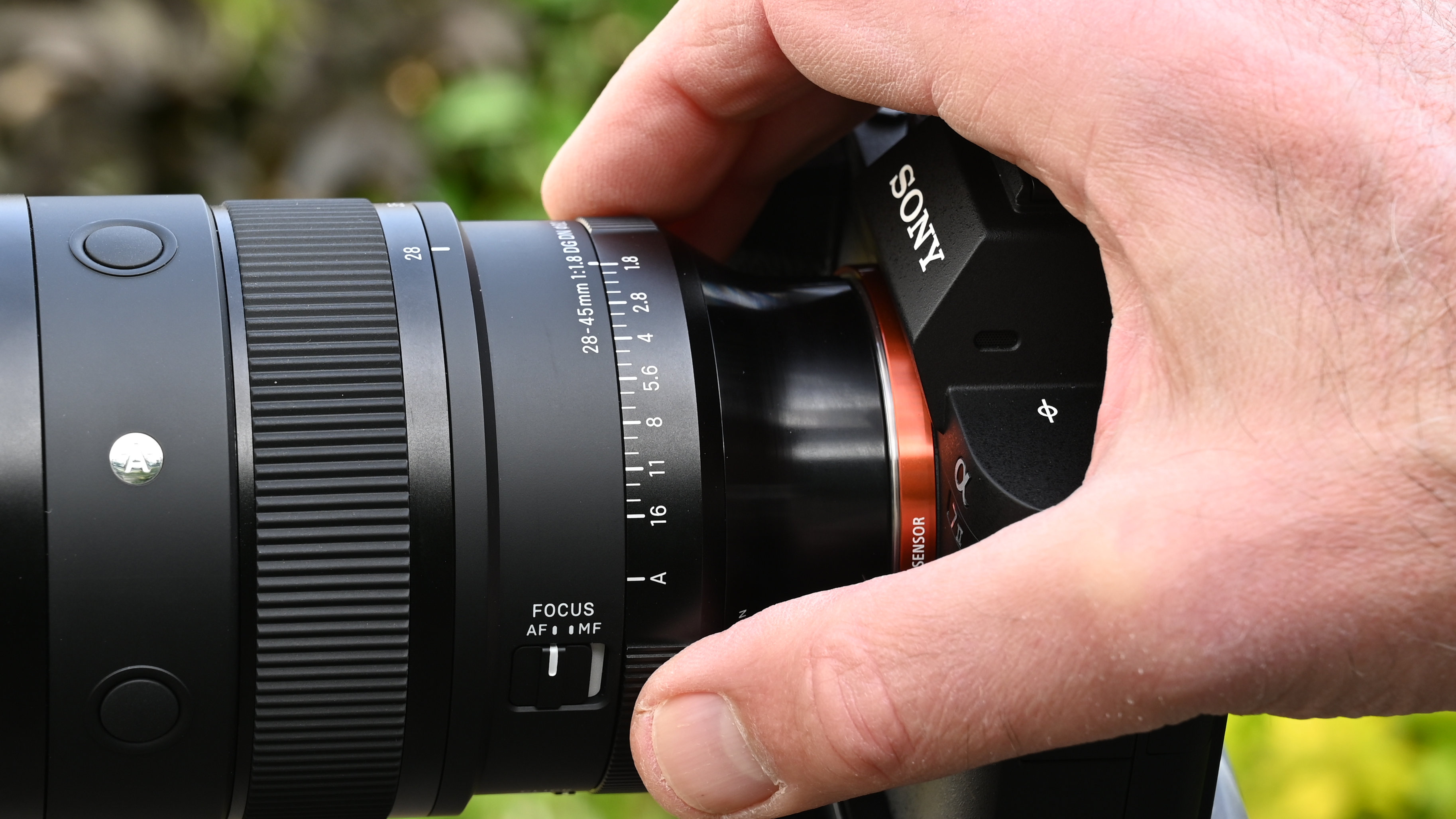Is this anamorphic lens for iPhone a cinematic tool or a pointless gimmick?
We live in an age where you can shoot anamorphic footage on your phone – this YouTube video finds out whether or not it's worth it

Anamorphic lenses for smartphones are nothing but a gimmick, right? After all, anamorphics are the preserve of moviemakers and high-end video productions. Then again, anamorphic lenses have become much more accessible, thanks to Chinese brands such as Sirui and Blazar, churning out decent anamorphic glass at affordable prices. And that tech extends to camera phones, too.
I recently happened upon a YouTube video by Switzerland-based filmmaker, Piero Gianni, called The Truth about Anamorphic Lenses for Smartphones, which delves into the Freewell iPhone Pro Filmmaker Cine Pro Kit and its 1.33x anamorphic lens. This lens attachment retails for $129.99 / £129.99 / AU$260 (you'll need a custom Freewell case for your particular model of phone too). And while that isn’t expensive for an anamorphic lens, it’s a serious commitment for an iPhone accessory.
If you’re wondering what is an anamorphic lens? These optics are used to capture super-wide fields of view via specialist optics that squash the image onto the sensor. The image is then ‘desqueezed’ in post-production, producing that distinctive, letterbox ‘CinemaScope’ aspect ratio without compromising on pixels. And in that respect, the Freewell anamorphic lens is no different. But the crux of Piero’s video is whether or not it’s worth the expenditure and the effort.
He rightly points out that part of an anamorphic lens’s charm is its distinctive, anamorphic look. The way it distorts the image, causes ovular bokeh, and produces that razor-thin flaring effect that JJ Abrams loves so much. In short, anamorphics simply look cinematic.
But what about on iPhone? Does the Freewill 1.33x anamorphic lens still bear these hallmarks or is it a cheap imitation? Well, the answer lies somewhere between. It definitely has anamorphic characteristics, but ultimately, it’s a much smaller lens on a much smaller sensor and that comes with some inherent limitations. Make sure you watch the video (above) to find out what those limitations are, and for a closer look at the Freewill optic in use.
You might also like...
Thinking of shooting video on your iPhone? "A filmmaking powerhouse!" – The iPhone 16 Pro is a serious camera, and this proves it! Here's the iPhone 16 Pro Max review, and if you're into anamorphics, Blazar Lens makes waves with "world’s first" autofocus 1.33x anamorphic lenses.
The best camera deals, reviews, product advice, and unmissable photography news, direct to your inbox!

Mike studied photography at college, honing his Adobe Photoshop skills and learning to work in the studio and darkroom. After a few years writing for various publications, he headed to the ‘Big Smoke’ to work on Wex Photo Video’s award-winning content team, before transitioning back to print as Technique Editor (later Deputy Editor) on N-Photo: The Nikon Magazine.
With bylines in Digital Camera, PhotoPlus: The Canon Magazine, Practical Photography, Digital Photographer, iMore, and TechRadar, he’s a fountain of photography and consumer tech knowledge, making him a top tutor for techniques on cameras, lenses, tripods, filters, and more. His expertise extends to everything from portraits and landscapes to abstracts and architecture to wildlife and, yes, fast things going around race tracks...
You must confirm your public display name before commenting
Please logout and then login again, you will then be prompted to enter your display name.

